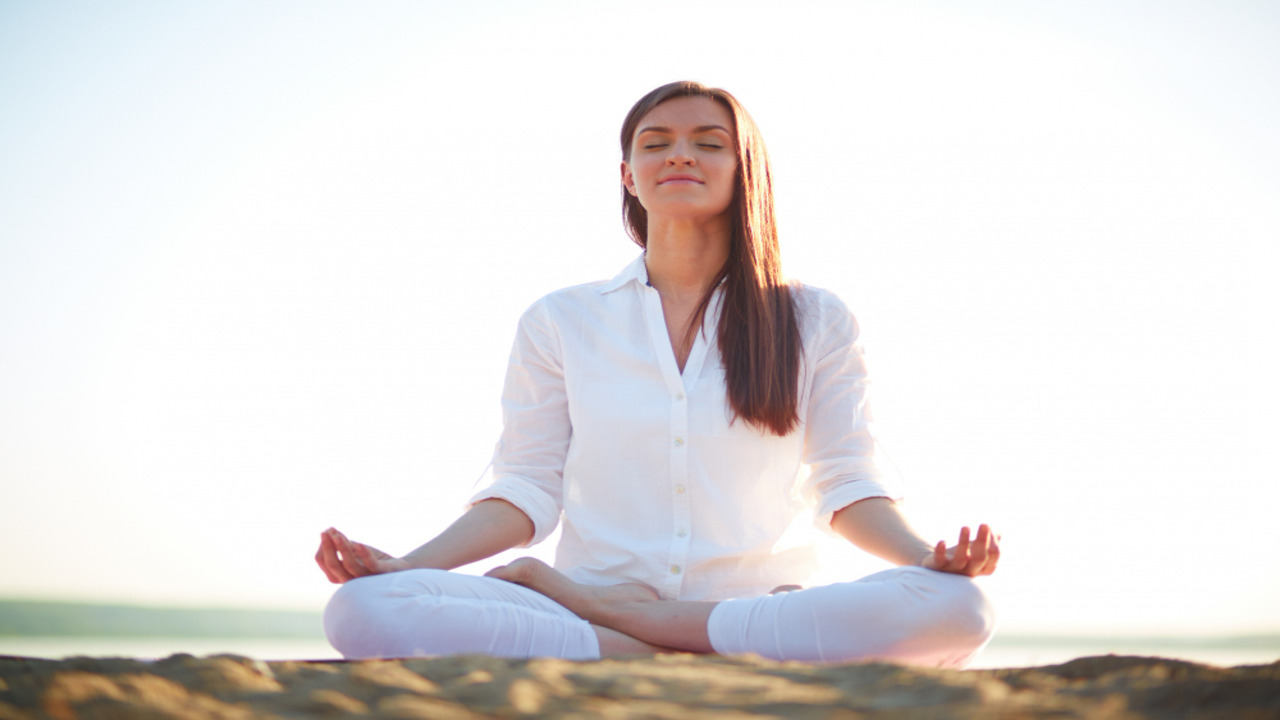

Types of yoga: Yoga is an old practice that comes in several forms to accommodate various requirements and tastes. Although classical yoga is the basis, several versions have developed to meet the varied needs of practitioners. Here, we examine a few of the most well-liked styles of yoga, each with a special methodology and advantages.
Many people believe that hatha yoga is the basis of all other yoga forms. It entails a sequence of physical positions known as asanas and breathing exercises known as pranayama. Hatha yoga is perfect for beginners because it emphasizes body-mind alignment via gradual, gentle exercises.
The emphasis of vinyasa yoga, also referred to as “flow” yoga, is on the smooth transitions between poses that are timed to the breath. A rhythmic and upbeat flow is produced by this dynamic practice, which is frequently set to music.
Ashtanga yoga is a strenuous, methodical style of yoga that adheres to a set order of poses. It requires a great deal of physical discipline and a continuous, fluid technique that integrates breath and movement.
Iyengar yoga places a strong emphasis on exact alignment and thorough teaching. It frequently makes use of props, such blankets, straps, and blocks, to assist practitioners in achieving the right poses, irrespective of their degree of flexibility or experience.
Bikram yoga, commonly referred to as “hot yoga,” is performed in an environment that is extremely humid and heated to roughly 105°F (40°C). It is made up of two breathing exercises and a predetermined series of 26 postures that are meant to work the complete body.
The primary goal of kundalini yoga is to stimulate the latent energy at the base of the spine and raise it via the chakras. This is a practice that combines meditation, breath exercises, chanting, and postures.
In yin yoga, postures are held in a passive state for three to five minutes at a time. The goal of this technique is to improve joint mobility and flexibility by focusing on the connective tissues, such as ligaments and fascia.
A moderate yoga style that emphasizes relaxation and stress reduction is called restorative yoga. It makes use of props to hold the body in comfortable positions so that profound rest and healing are possible.
Five elements underpin Sivananda yoga’s comprehensive approach: proper breathing (pranayama), proper movement (asanas), proper relaxation (savasana), proper eating (vegetarianism), positive thinking (vedanta), and meditation (dhyana).
Jivamukti yoga is a contemporary form that combines vinyasa flow with spiritual teachings. It combines strenuous asana with philosophy, chanting, meditation, and environmental activities with an emphasis on ethics and the environment.

Types of yoga:
Hatha yoga’s gentle, slow-paced style, which emphasizes basic poses and breath control, makes it a popular choice for beginners.
Yes, by enhancing metabolism, encouraging a healthy diet, and increasing physical activity, dynamic yoga forms like Vinyasa, Ashtanga, and Bikram yoga can help with weight loss.
Maintaining consistency is essential. Flexibility, strength, and mental health can all be significantly enhanced by doing yoga at least three to four times a week.
Yes, however it’s crucial to practice with a certified teacher and select the appropriate kind of yoga. Iyengar and Restorative yoga, with its emphasis on alignment and gentle approach, are frequently suggested for people with chronic diseases or injuries.
100% Original product, do not sale them as we are licensed.
Your payments are secure with our private security network.